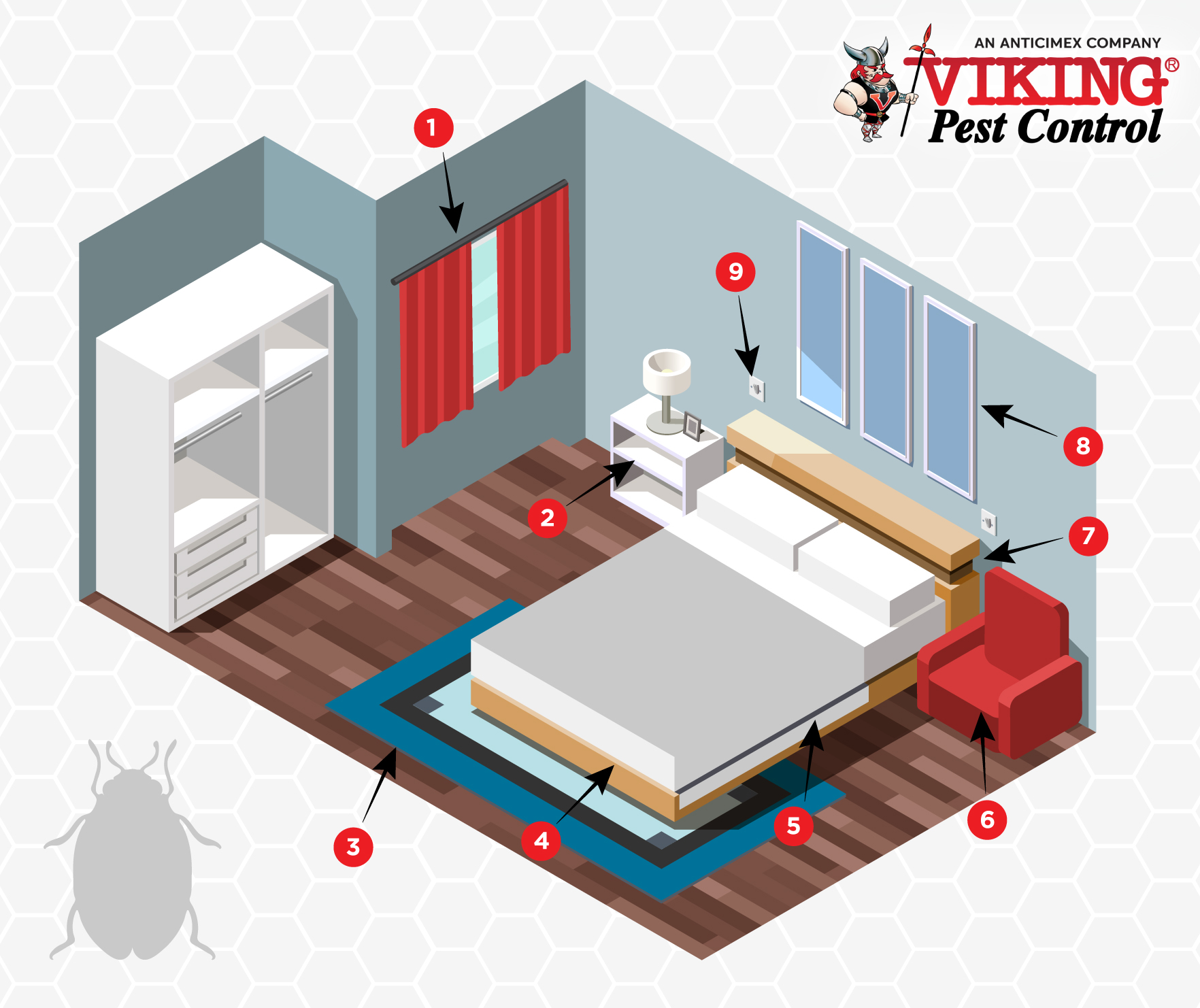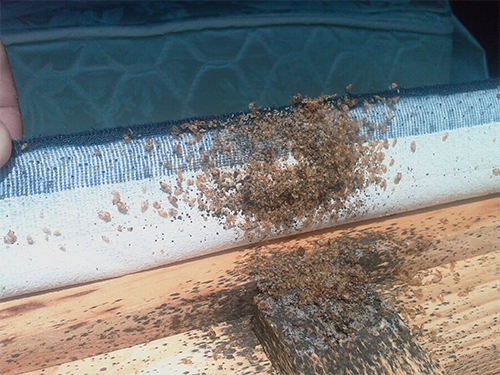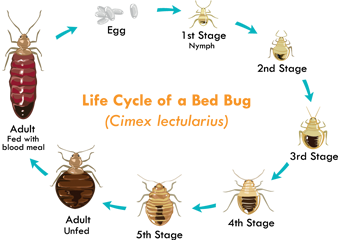Ideal Kings Bug Control Cincinnati: Top-Rated Pest Control Experts
Ideal Kings Bug Control Cincinnati: Top-Rated Pest Control Experts
Blog Article
Types of Pest Control: Which Method Is Right for Your Problem?
When faced with a bug invasion, the selection of a suitable technique for parasite control is vital in successfully handling the circumstance. By exploring the various types of parasite control approaches readily available, individuals can make educated decisions customized to their one-of-a-kind scenarios, guaranteeing a much more reliable and lasting result in parasite obliteration.
Chemical Pest Control
Chemical parasite control involves using synthetic or naturally derived chemicals to manage and get rid of pest populaces efficiently. This approach is commonly used in agriculture, forestry, and domestic settings to battle a vast array of insects, including rats, weeds, and bugs. Using chemical pesticides can give fast and targeted solutions to pest infestations, making it a popular option for many individuals and companies.
One of the essential benefits of chemical pest control is its capability to promptly get rid of pests, decreasing the risk of damages to plants, building, and human health and wellness. By making use of specific chemicals that target certain bugs, this approach can efficiently regulate problems while minimizing damage to valuable microorganisms and the atmosphere when applied correctly.
Nevertheless, making use of chemical bug control also raises issues regarding prospective damaging impacts on non-target species, water sources, and human health and wellness. It is crucial to adhere to safety guidelines, use chemicals properly, and consider different insect control approaches to decrease these threats and ensure sustainable insect monitoring practices.
Biological Pest Control
Organic bug control, likewise known as biocontrol, makes use of living organisms to manage and decrease pest populations naturally. This method takes advantage of the power of nature to manage parasites without the need for synthetic chemicals. Biocontrol can include the introduction of natural adversaries of the parasite species, such as pathogens, predators, or bloodsuckers, to reduce pest populations. By using the pest's natural killers or pathogens, organic parasite control offers a sustainable and eco friendly service to pest monitoring.

Mechanical Bug Control
Making use of physical and hands-on techniques to take care of parasite populaces, mechanical bug control supplies an alternate strategy that does not count on making use of living microorganisms or synthetic chemicals. This method involves making use of barriers, traps, or other gadgets to literally prevent or get rid of bugs. By blocking parasite entry points or establishing traps to catch them, mechanical insect control can efficiently reduce infestations without introducing chemicals right into the setting.
One usual instance of mechanical pest control is using mesh screens on doors and windows to avoid insects from entering structures. This basic yet effective technique acts as a physical barrier, keeping pests out while enabling proper air flow. In addition, tools like mousetraps, fly swatters, and ultrasonic repellents drop under the mechanical parasite control group.
While mechanical pest control techniques can be labor-intensive and need normal surveillance and maintenance, they use a ecologically pleasant and lasting remedy for handling bug infestations. By incorporating various mechanical strategies, residential property owners can develop an extensive insect control approach that minimizes reliance on chemical pesticides.
Physical Pest Control

Some usual physical parasite control approaches include the use of obstacles such as nets or displays interior termite treatment to stop bug entry, traps to catch and eliminate pests, and hand-picking to physically get rid of pests from plants or frameworks. Furthermore, techniques like heat therapies can be used to regulate pests like bed bugs by elevating the temperature level to degrees that are dangerous to the bugs.
Physical insect control is especially valuable in incorporated insect administration (IPM) strategies, where numerous bug control methods are incorporated for reliable parasite management while minimizing using chemicals. By making use of physical parasite control techniques, individuals can properly address bug problems with very little ecological impact.
Integrated Bug Management
When implementing physical termiticide treatment parasite control techniques as part of insect management methods, Integrated Insect Management (IPM) emerges as a comprehensive strategy that leverages numerous strategies to effectively regulate pest populaces. IPM concentrates on long-lasting avoidance of parasites via a combination of organic, social, physical, and chemical devices customized to particular parasite issues. By incorporating several control strategies, IPM intends to lessen the threats connected with pests while likewise reducing dependence on chemical options.
One key facet of IPM is the emphasis on tracking and analyzing pest populaces to figure out one of the most ideal control methods. This aggressive approach enables early intervention and targeted methods, bring about much more efficient bug monitoring. Additionally, IPM promotes eco-friendly practices by prioritizing non-chemical control approaches and only making use of chemicals as a last option.
Final Thought

By using the bug's natural predators or pathogens, organic parasite control offers a environmentally friendly and sustainable option to pest administration. - Kings cincinnati pest control
Utilizing hands-on and physical techniques to manage pest populaces, mechanical parasite control offers a different strategy that does not depend on the use of living microorganisms or synthetic best termite prevention chemicals.An effective strategy to handling parasite populaces without counting on chemical or organic techniques includes the use of physical parasite control methods.When applying physical insect control approaches as part of parasite monitoring strategies, Integrated Parasite Administration (IPM) emerges as a thorough method that leverages numerous methods to properly control pest populaces. Chemical insect control entails the use of chemicals, organic pest control utilizes all-natural predators, mechanical parasite control includes physical obstacles, physical insect control consists of capturing or eliminating parasites, and incorporated parasite administration combines numerous methods for an all natural method to pest control.
Report this page